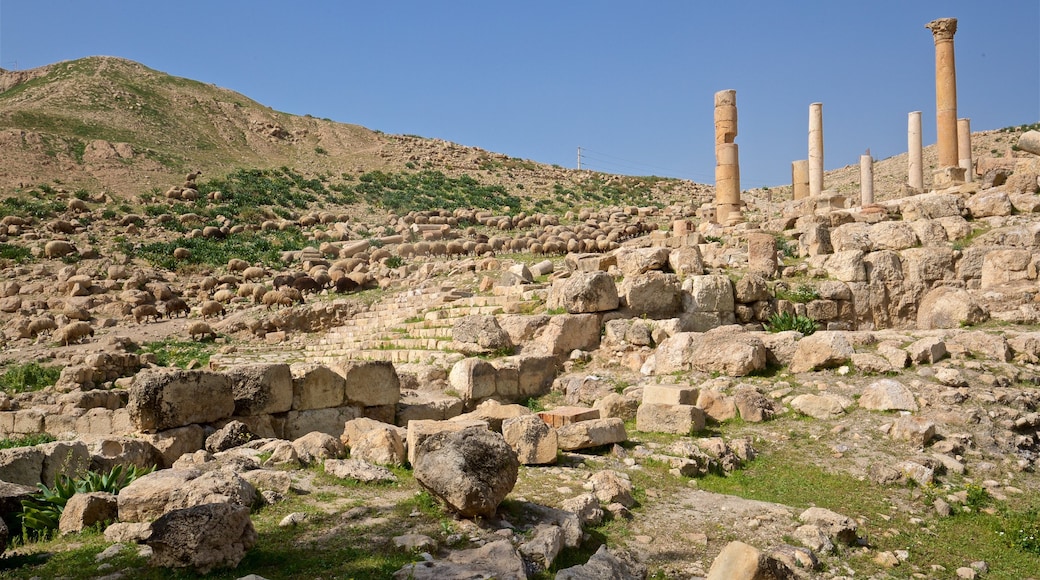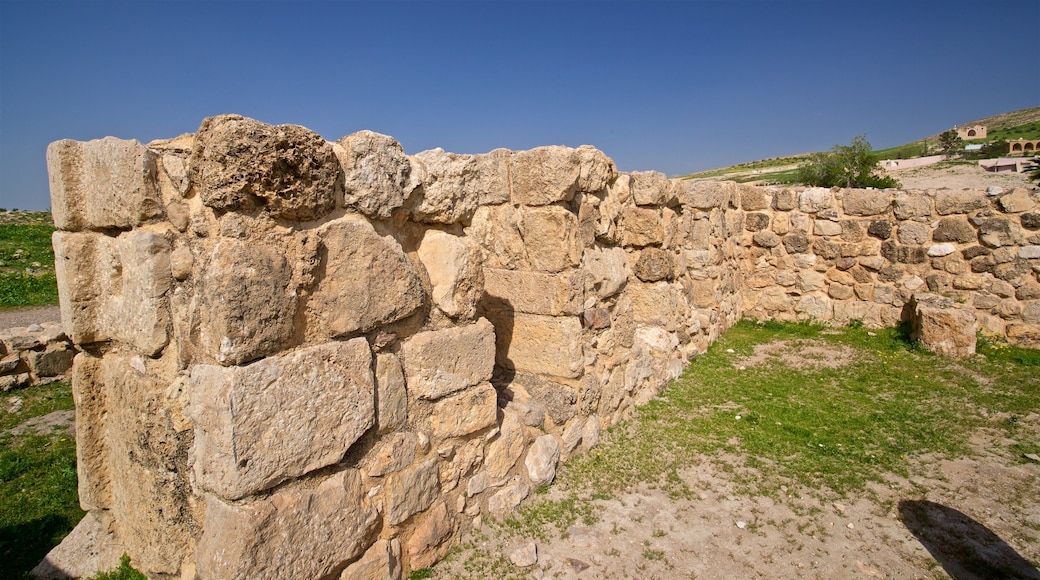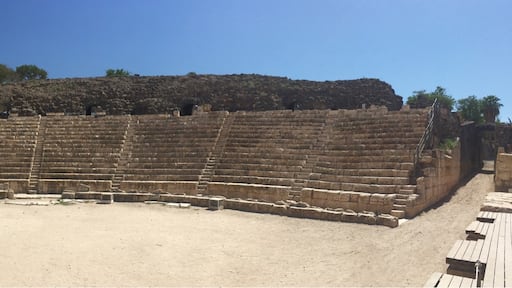As one of the 10 Decapolis cities in the Middle East, Tabaqat Fahl comprises fascinating ruins that provide a window into the Roman settlement of the area. Lavish green valleys and hills enclose these intriguing relics. Learn about the history of the Romans and prehistoric peoples from the excavations on display.
Make your way through the open-air Pella Museum, which contains the region’s impressive ruins. These date back to the Byzantine and Roman eras as well as prehistoric times. Stroll along Roman paths flanked by the stubs of pillars and admire the Roman Odeon, the Abbasid Center and the East Church.
Study the remains of a Chalcolithic settlement from the 4th millennium B.C. Nearby, you’ll find evidence of great walled cities belonging to peoples from the Bronze and Iron Ages.
Pass the ruins of Byzantine homes and churches and imagine the city in its glory many centuries ago. Among the most recent constructions here is the medieval mosque and its graveyard. Stroll past the crumbling edifices of the former Islamic zone.
Consider the extensive history of the city, which passed through several dynasties before being destroyed by an 8th-century earthquake. The site was located along an important part of the Roman trade route, making it a hub for trade and development. Today, appreciate the tranquility and slow pace of life in the town, which has several small shopping malls and a mosque.
The town is a little south of the Sea of Galilee in the northwestern corner of Jordan. It is part of the Jordan Valley, just 50 miles (80 kilometers) north of Amman and next to the Israeli border. Drive northwest from Jerash for 28 miles (45 kilometers) to get here in a little more than 1 hour.
Tabaqat Fahl showcases the remains of a mix of different cultures and peoples.












